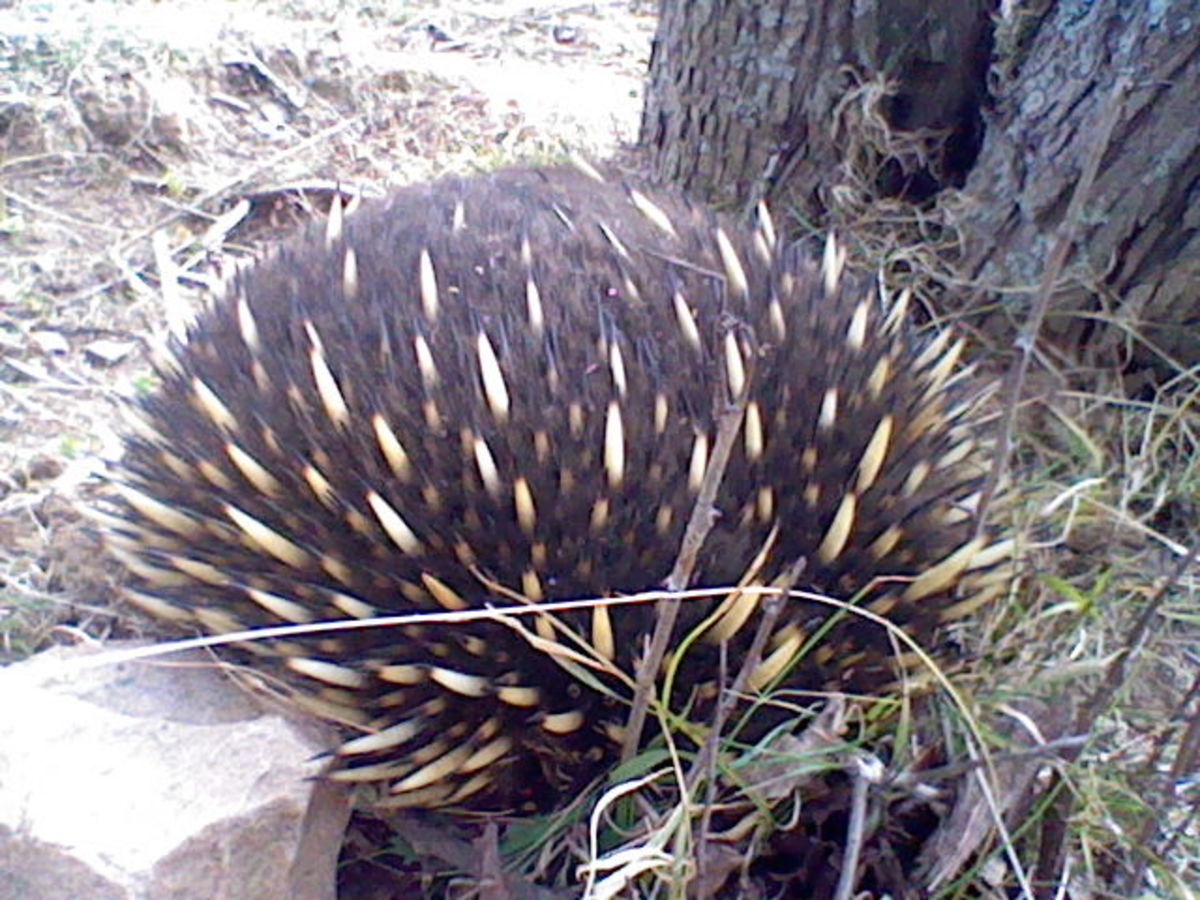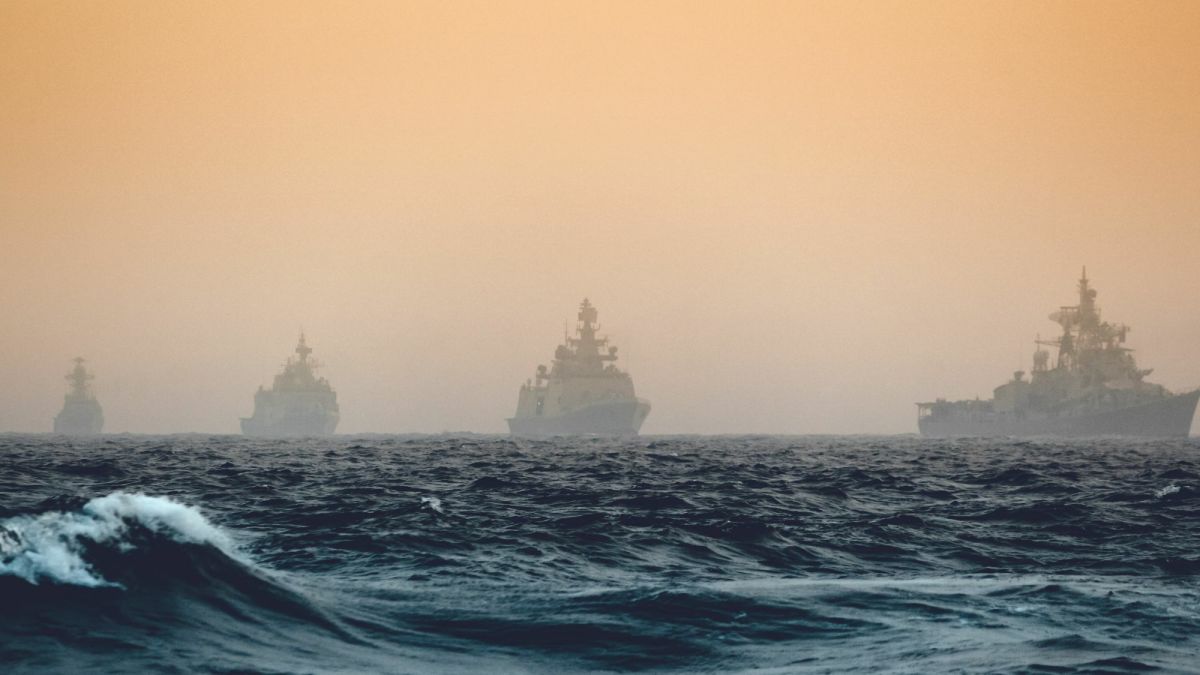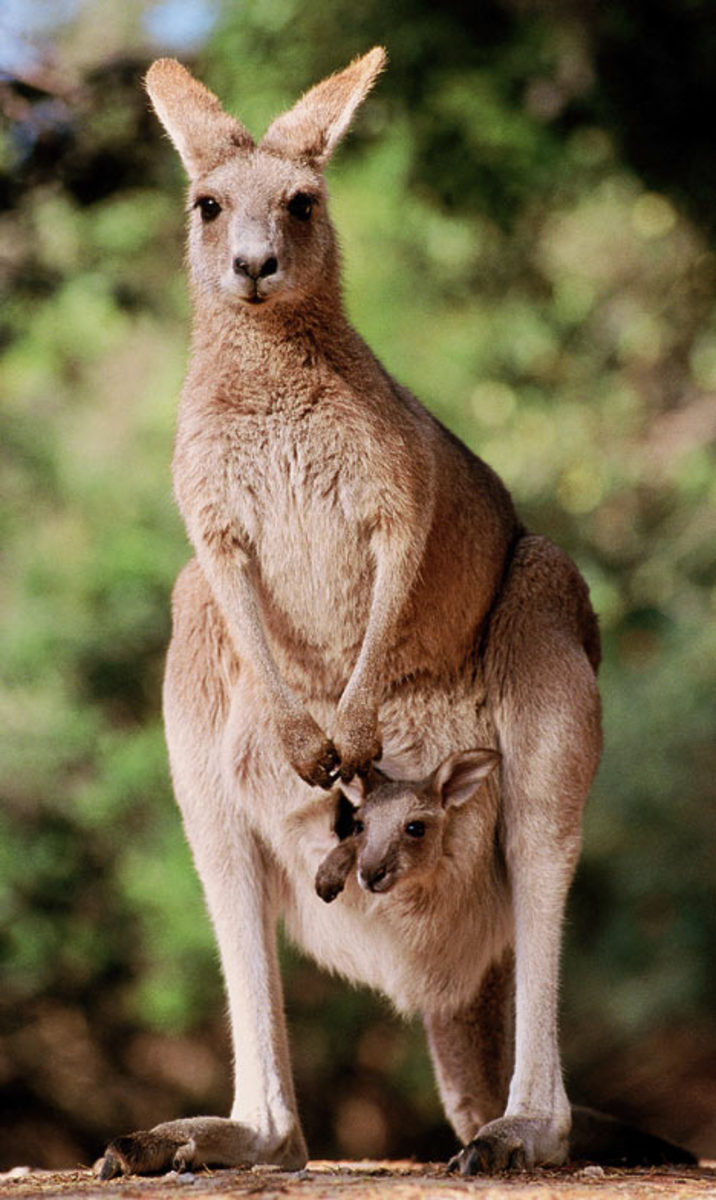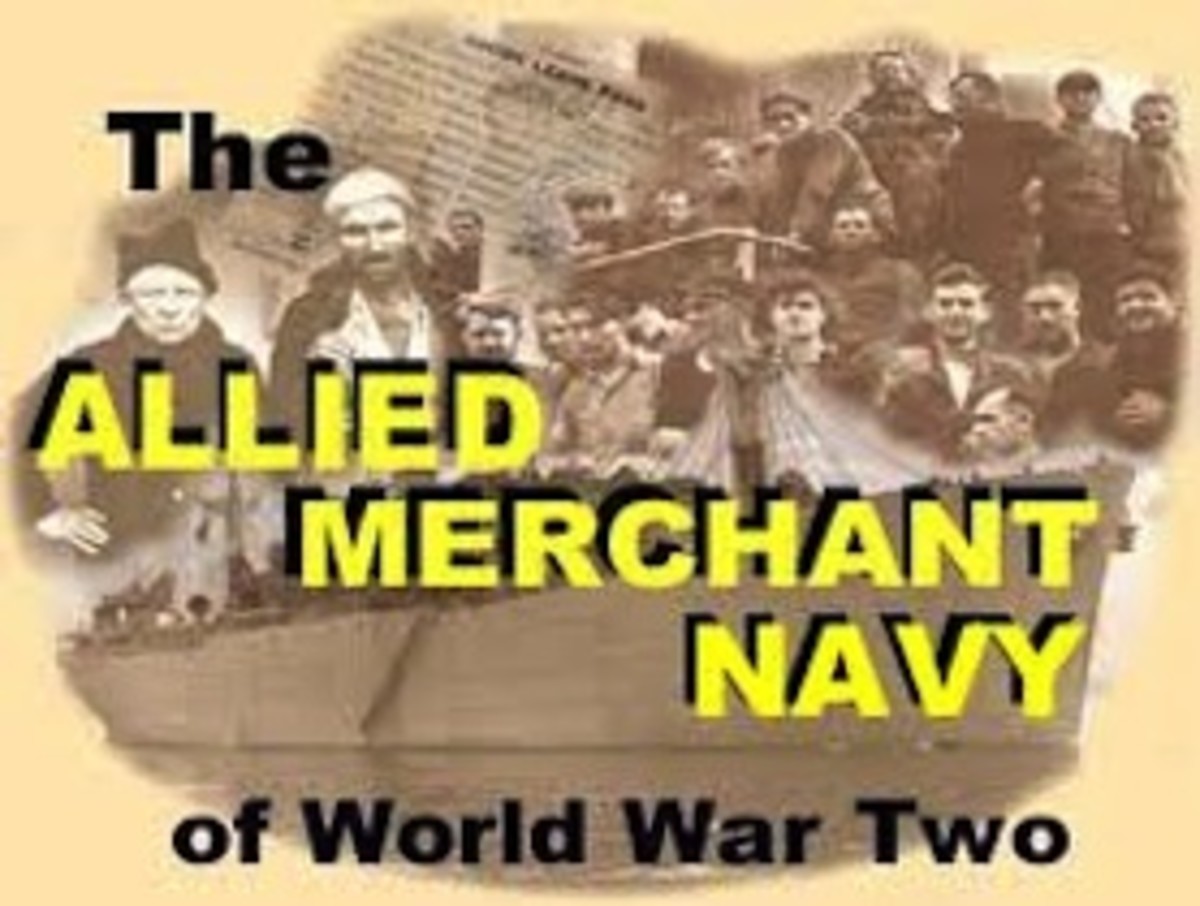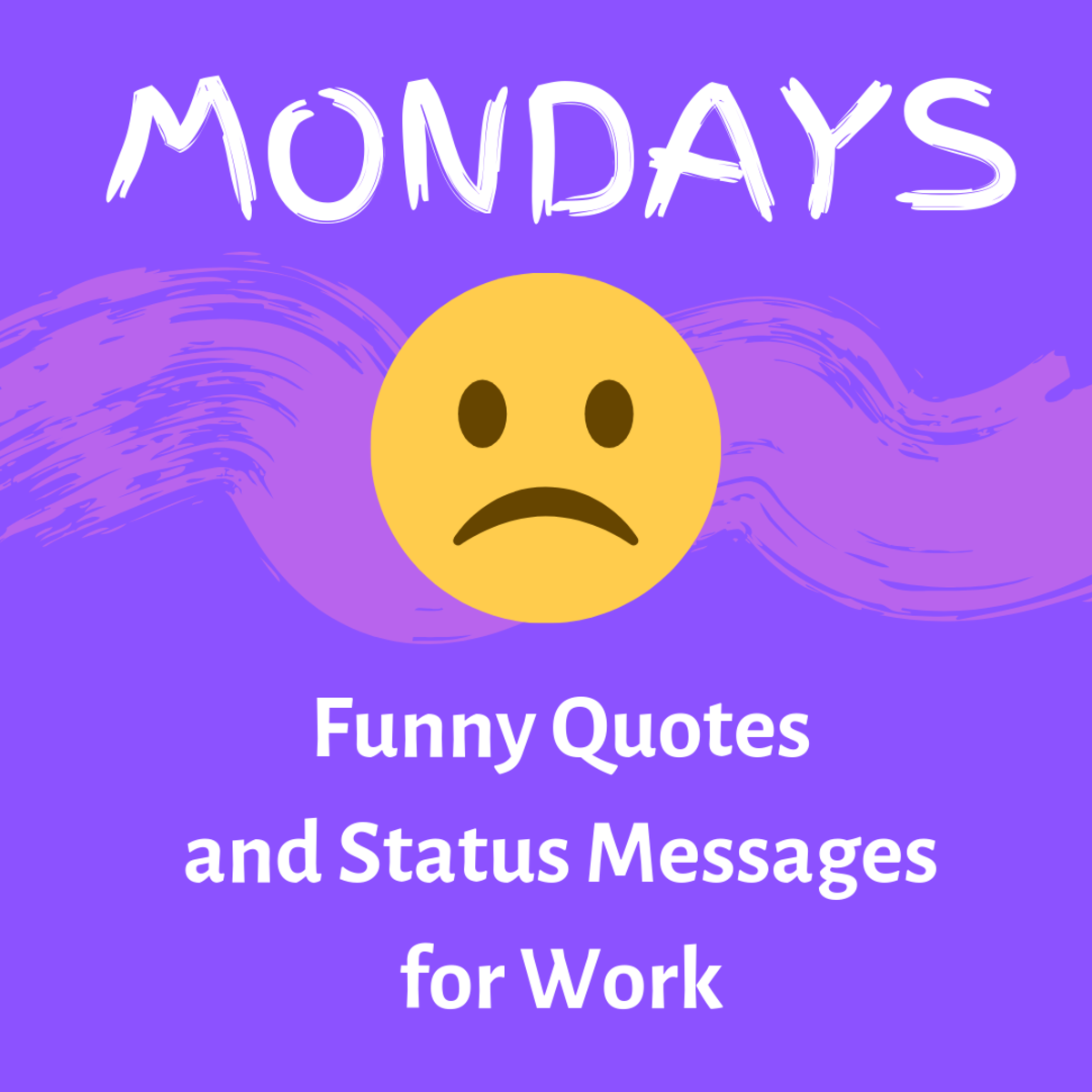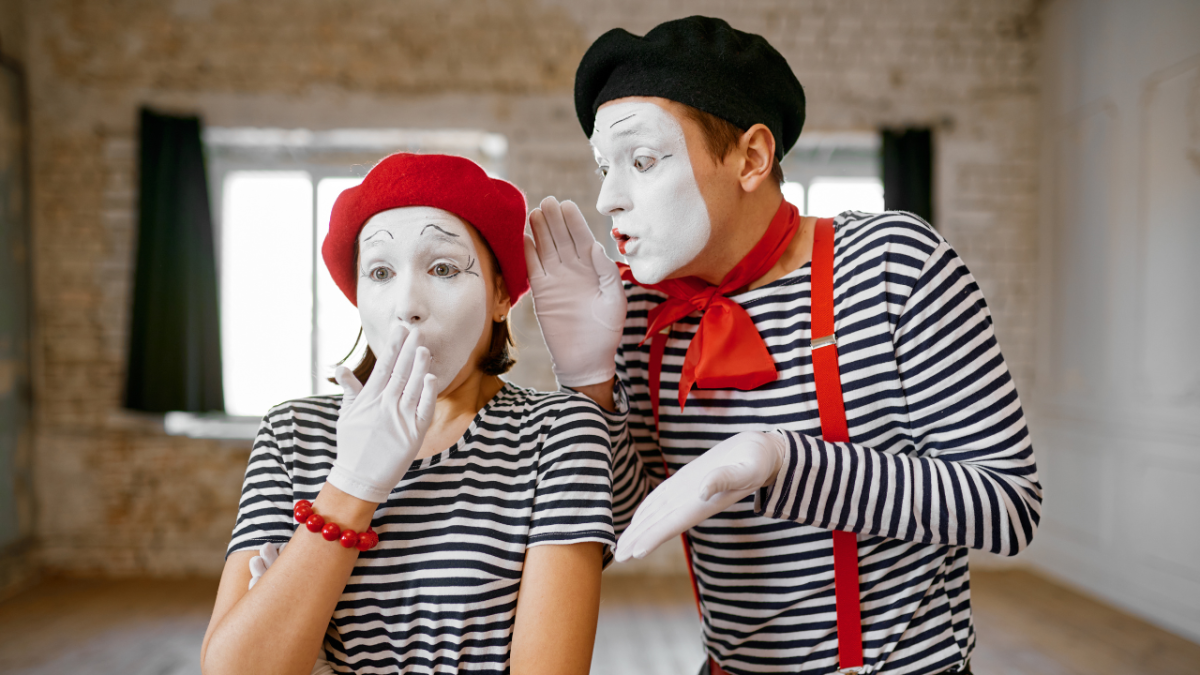Small ships and Various Australian Navy Jobs.
I joined the navy to see the world
Many years ago there was a song which went: “He joined the navy to see the world, but what did he see? He saw the sea.” Those lines epitomise my six brief navy years -or my ‘sea-time,’ anyway.
From the flight deck of HMAS Sydney the Master-at-arms pointed out my new draft among a sea of masts along Cruiser Wharf. We had a big navy in those days.
Warships, lay three, and four-deep alongside. There were destroyers, frigates, mine-sweepers and- Barcoo . Painted white, with a yellow stack, Barcoo was an unlikely looking warship. She was ‘Survey’ as were the sloop Warrego , and the tiny wooden ships Wareen and Brolga . I spent a year aboard Barcoo in company of people such as Pete Dobson (PO Tel) Peter Baggot, Eddie Reid, and Tubby Paine. A ex-World War Two PO and four blushing OD Tels.
The signalmen on board were Bob Kennealy, (Ldg Sig) Bogie Aylet, Eddie Fressard and Bluey Arthur.
The Barcoo was decommissioned in April 1956 and we spent three months, putting her into ‘mothballs’ at Watson’s Bay. Though she came back into service again with a ‘decked in’ bridge three years later.
Flag ship of the Royal Australian Navy when I was on her in 1955, here she is many years later and better known as the Dah Nang Express.
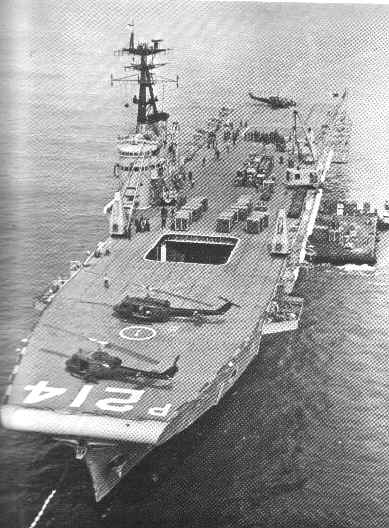
Hard to believe she was 'Navy.' River class frigate HMAS Barcoo, as a survey vessel in 1955-56
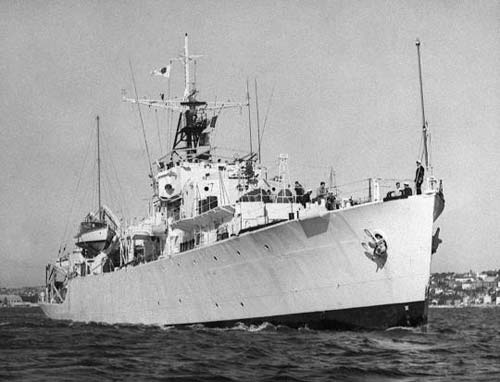
Barcoo in earlier days. She was built for heavy weather
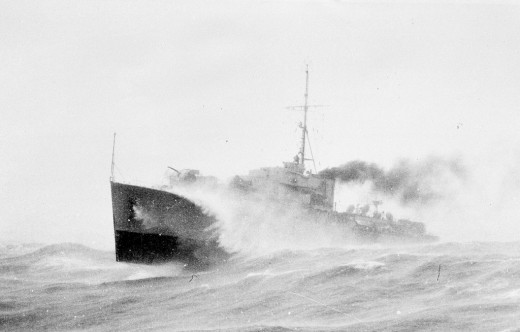
She was no "greyhound of the deep"
Just when I was looking forward to joining one of those ‘grey-hounds of the deep’ such as the Anzac, Toby or Munga so I could go ‘up top’ to Honkers, Singapore and the like, the ‘powers that be’ drafted me to the smallest, ugliest and certainly one of its oldest rust-bucket vessels- HMAS Kookaburra. Well...
The Kookaburra was tiny. 533 tons. length 135 feet. Crew 20 (not counting the boffins) She was built in 1939 and by October 1956, when I joined her, was very ‘old-fashioned,’ if I might put it that way. She was also top-heavy, having had additional superstructure added. Kooka had a wooden wheel-house, and a wireless office as big as a built-in wardrobe set right in behind the ship’s wheel. It had just enough room for a swivel chair. It was, of course, crammed full of equipment most of which I’d never seen before, let alone used: three transmitters, three receivers and the usual big blue, Muff-duff (MFDF) direction finder. No VHF though.
Oh, and as a really small shiip, Kookaburra didn’t carry a signalman.
Me in my days on HMAS Kookaburra, and the ship, herself.
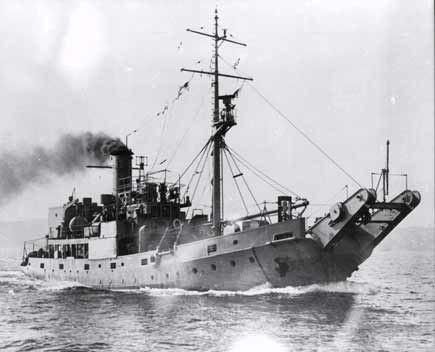
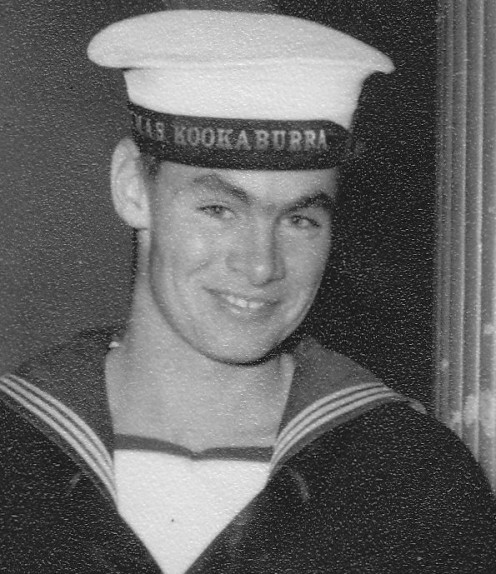
Australian Navy Jobs - I join the Navy's oldest boomship
Nope. No bunting tosser. So when I joined her, a mere lad of twenty, I went on what is now called a ‘steep learning curve.’ Had to run up flags, signal with an Aldis, keep the MSO (a mere shelf of books) and do all manner of ‘siggy things.’ Also had to take a turn as cook whilst in harbour. But those officers, Lt Cdr Mike Downes, and the Jimmy, Rex Lyons made me feel very important. Along with them, the Coxswain and the Chief ERA, I was a ‘key hand’ and the ship couldn’t sail without me.
We often used to work in company with minesweepers: Cootamundra (Irish Keene was her sparker, as I recall) and Wagga (Shorty Gill) Now, I shouldn’t lay blame, but when I came aboard Kooka I’d never sent a ship-shore message in my life, neither had I successfully used a DF set. This, despite five months in Sydney and twelve on Barcoo. Seems the senior rates wanted to keep these types of job all to themselves.
So when I had to get a DF bearing on HMAS Wagga one time, I gave a ‘reciprocal,’ and we steamed apart for several hours before the penny dropped.
“Make smoke”
“Can’t see a damn thing.” Your sure that bearing was 093, Sparks- not 273? Cripes, where is he?
Various Australian Navy Jobs - There's lots of 'em.
These are the sort of things I got up to. Like the time I took hourly fixes as we left Sydney Harbour and steamed northwards up the coast in a cyclone. Storm balls were up on the masts at Garden Island and at South Head and still we went out. We steamed north all night, with me getting DF fixes on various NDBs enroute. Yet every time I read them out, the skipper became more and more exasperated.
“That can’t be right.” Impossible! Bloody ridiculous!” And, eventually around 2.00a.m. “Get off my bridge!”
But in the morning I’d been right. Poor little Kookaburra steaming north all night at her usual six knots, bucking a twelve knot current and head winds eventually had to pull into Port Hacking. My DF fixes had been right after all. -We’d been going backwards all night!
Kooka, of course, was a ‘paying off’ draft, and nearly everybody aboard her were getting towards the end of their ‘twelve’ or ‘six.’ It must have been sheer cussedness on somebody’s part to send a mere lad of twenty onto her. But I survived.
By the time I joined my second ‘boomship,’ HMAS Kimbla, (I relieved Bluey Bergin who was paying off) I was a badgeman with only ten months to go. And, in a way, it was like coming home again. Of course, Kimbla was luxury compared with Kooka. Twice the size. Or so she seemed. 179 feet long, beam of 32 feet. Bunks. Bunks! I’d slept in hammocks on Sydney, Barcoo and Kooka. Trouble with bunks though is that you could get tossed out on a stormy night. Fortunately, I had a lower.
Now, Kimbla was a racehorse compared to Kooka. In theory, she could do 9 and a half knots. But she was still a primitive ship: open bridge, pump your own water up to the header tank for a shower. And once again, in harbour, you took your turn as chief cook and bottle-washer.
Like the Kooka, Kimbla was a 'paying off' draft
I had a signalman on Kimbla: Leo Greenberg, a Taswegian. Heart of gold. He always brought my golden-labelled bottle of Resch’s Pilsener up to the W/T office when we were riding at anchor somewhere.
Of course, there were many memories on Kimbla also. Like the time we did a ‘depth charge’ run on a spool of tuna. The blasts (gelignite with various length fuses, so that they all detonated simultaneously) sent shock waves through the ship. What it did to those tuna is anyone’s guess. Hundreds floated dead on the surface. But by the time we stopped the ship and got a sea boat away, every one had sunk. This of course, is vandalism at its worst. Still, we were Navy, afterall. I believe the Royal Navy were still stealing sheep from farmers in the UK with no recompense.
My favourite small ship: HMAS Kimbla
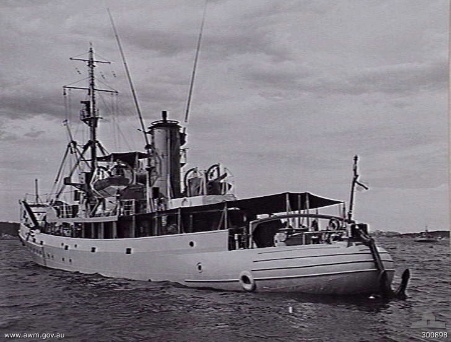
She was around for a long time. Here is Kimbla in her later years
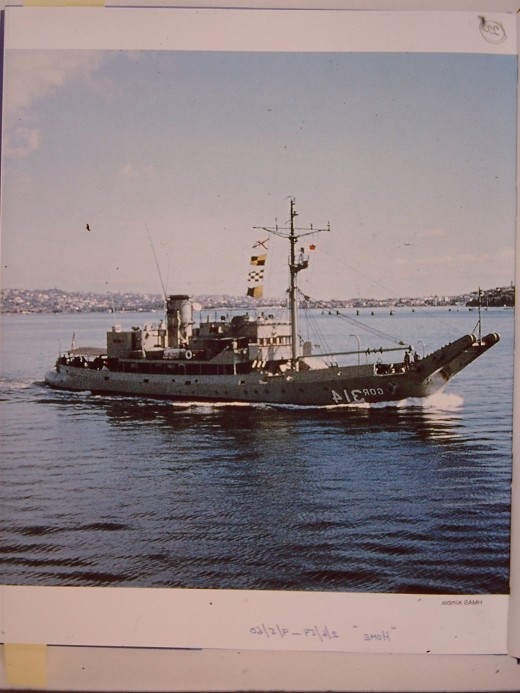
Best little ship in the Navy...well, I thought so.
Of course, by the time I joined Kimbla I’d was really starting to enjoy being a single-operator radioman. I’d tune up that AT13C, I think it was, a 500 watter, and blast away messages to Canberra, Darwin, Honkers, Vizigatapatam and even Vancouver. Yes, VLNK was heard far and wide. The days of Morse code...ah...
In May 1960 I paid off. But I’d learned the trade well. ‘Little ships’ does that. The skills learned were to be used in DCA 1960-71, New Zealand International Telegraph Office 1971-72, NSW Police Force 1974-76 and, finally, 1976-77 Australia’s Antarctic Division. But if you were to ask me which of the moments I remember with most nostalgia I have to say: “My time on the boomships.”
I hope you enjoyed: Small Ships and Various Australian Navy Jobs.
Keep smiling,
Tom.
More on the writer
- Tom Ware Public Speaking The Prince of Storytellers
Tom Ware Public Speaking! Tips, events and videos to help you become a gifted speaker. Visit now!

